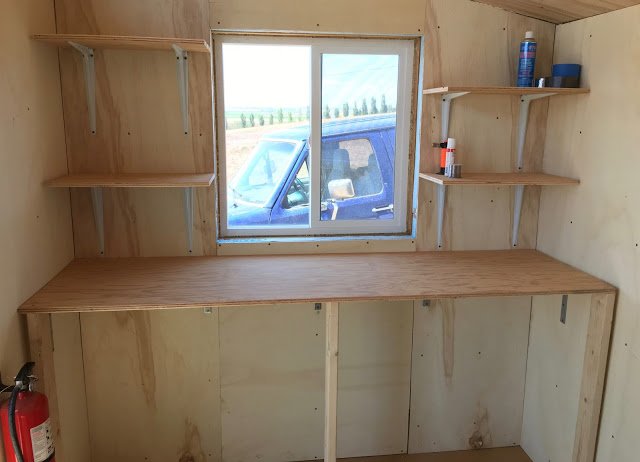

I read the air intake square inch needs to equal the ridge vent square inch and I need about 80 square inches on each. That should keep the insulation cooler so overall I think it should be better. So the barrier will have a one inch channel of air space for the hot air to escape. Then I am going to tack 2x2 lumber on each rafter interior face extending them so that I still have 3 1/2 inches to spray my closed cell foam for r19. I will drill 1 1/2 screws into it so the one inch sticking out will keep it one inch from the roof. Tuff Shed 54 3.1 Write a review Snapshot Why Join Us 350 Reviews 5.1K Salaries 155 Jobs 75 Q&A Interviews 3 Photos Tuff Shed Employee Reviews Review this company Job Title All Location United States 348 reviews Ratings by category 2.8 Work-Life Balance 3.1 Pay & Benefits 2.7 Job Security & Advancement 2.7 Management 2.


Then I will install 1/2 inch rigid foam 1 inch from the roof. This way air will flow from the soffit into the wall above the sill and up the roof to the peak and exit via the ridge vent. So I think I am going to install a ridge vent on the roof peak and then put soffit vents on the bottom of the eaves and then cut slots in each wall rafter space up above the sill plate. I touched the radiant barrier this afternoon and it was very hot so i do believe insulating right against it will transfer the heat to the insulation and be way less effective. Lots of views but unfortunately no answers.


 0 kommentar(er)
0 kommentar(er)
